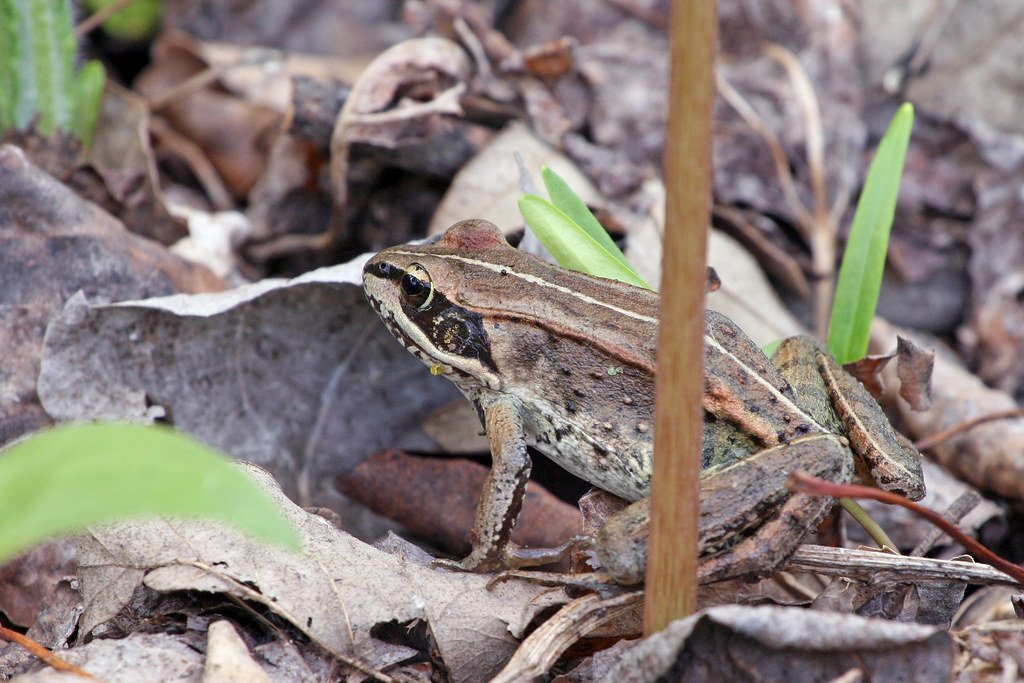The story begins in the soil, where heat now hangs longer each year and moisture arrives at the wrong time. Farmers are seeing familiar crops look strangely tired, as if a quiet fever has moved through the rows. Scientists call it a surge in plant pathogens and pests reshaped by climate, but on the ground it feels like an illness you can’t shake. The mystery is that many fields still look healthy at sunrise, only to wither after a week of unexpected humidity or an early warm spell. The stakes are clear: food security, farmer livelihoods, and the stability of rural economies depend on whether we can read the warning signs fast enough.
The Hidden Clues

Walk a field at dawn and you’ll see the first hints: a whisper of rust on wheat leaves, a faint mosaic pattern on cassava, a cotton boll that stains before it opens. These are not dramatic disasters; they creep in with warmer nights and longer leaf-wetness hours, the small physics of droplets and spores. Pathogens that once paused in winter now find the season too short to stop them, and insects that ferry viruses are flying farther and staying active longer. It’s like watching a crime scene emerge in slow motion, each clue small but accumulating into a pattern you can’t ignore.
I’ve stood in fields that smelled clean and green yet hid fungal threads coiled like invisible fuse wire. By the time symptoms shout, the epidemic has often already moved on to the next county. That lag is the most unnerving clue of all.
Shifting Pests and Pathogens
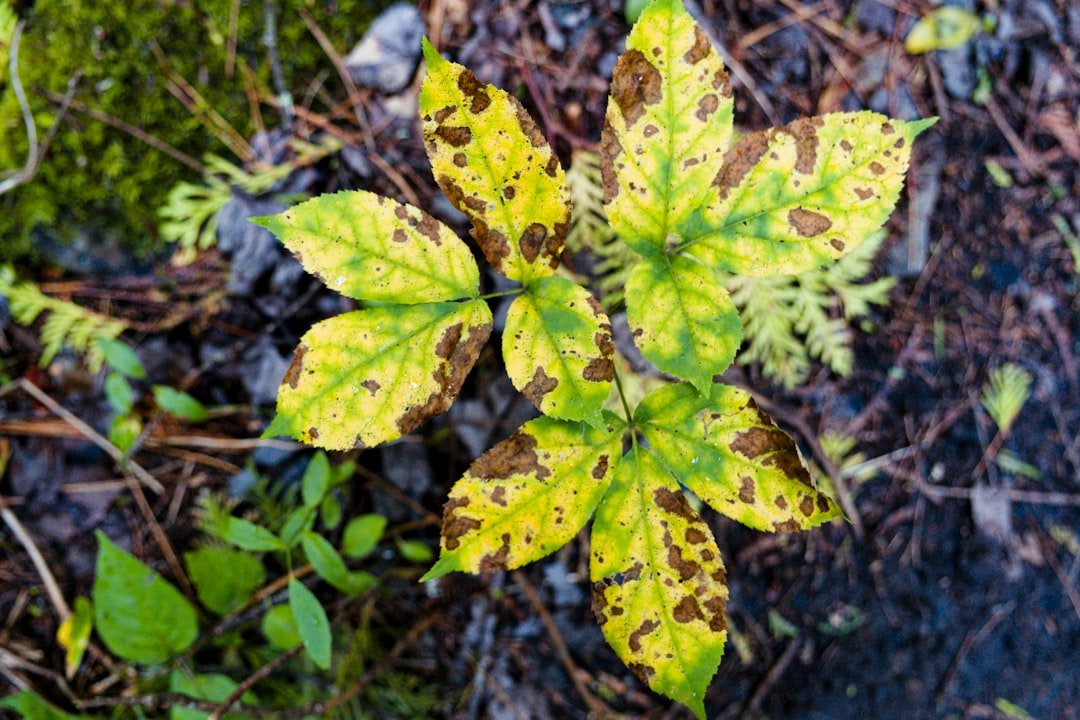
As average temperatures inch upward, pests and disease vectors expand poleward and climb to higher elevations. Coffee leaf rust reaches farms that were once too cool, while aphids and whiteflies deliver viruses to regions that rarely saw them before. Warmer winters mean more insects survive, and earlier springs create overlapping generations that swell populations. The result is not just more damage, but new timing that can blindside planting schedules and overwhelm standard rotations.
Outbreak maps tell a new story: ranges that used to look like stable islands now blur into corridors. The boundaries that farmers relied on have started to dissolve, one warm season at a time.
From Ancient Tools to Modern Science
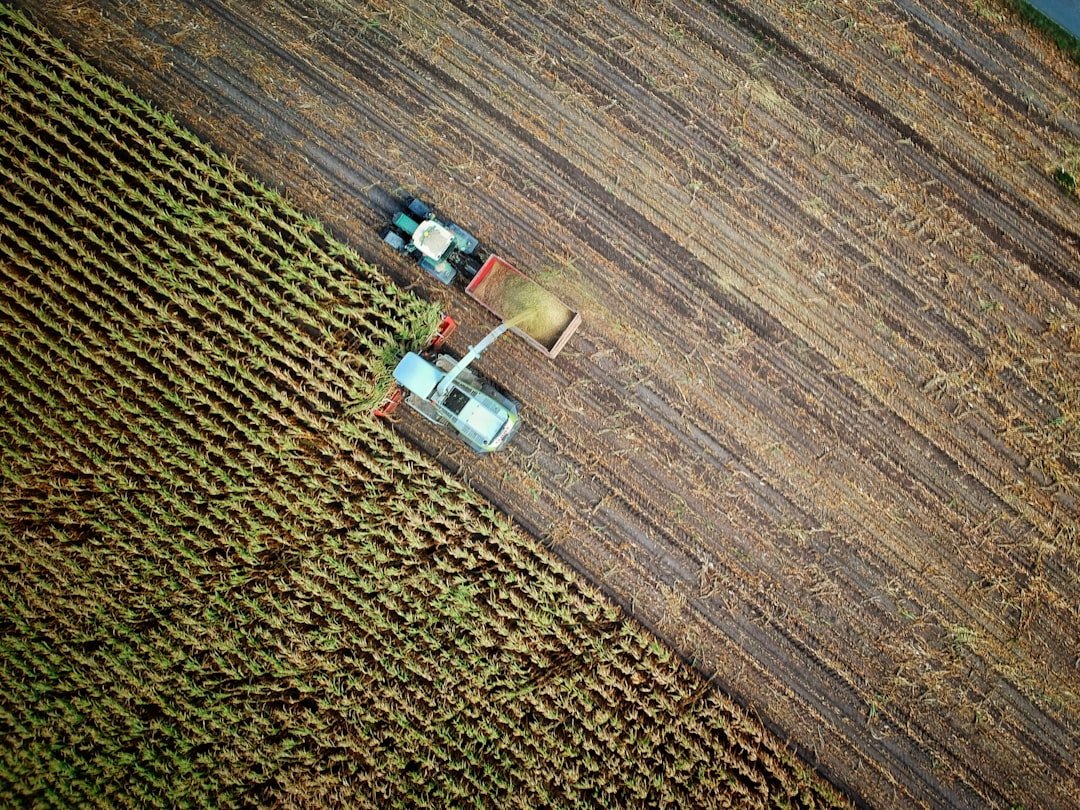
Farmers have always read the sky and the soil, trusting observation and memory. Today, those ancient senses are pairing with portable DNA tests, spore traps, and satellite data to catch trouble before symptoms appear. High-resolution thermal imagery flags stressed patches days ahead of the naked eye, and handheld assays can spot a pathogen’s signature in a leaf wash. Decision tools translate weather forecasts into disease risk alerts, turning a week of humidity into a reason to scout or spray with precision.
What feels new is the speed: a field note can now trigger a lab confirmation by afternoon and guide an evening irrigation change. Old wisdom and modern sensors, finally talking to each other, are our best bet for staying a step ahead.
The Mycotoxin Threat

Heat stress and erratic rainfall don’t just hurt yields – they reshape the fungal landscape and raise the risk of dangerous mycotoxins in grains and nuts. Drought followed by sudden rain creates ideal windows for toxin-producing molds to flourish on maize, peanuts, and sorghum. These compounds are invisible, heat-stable, and can slip into feed and food chains if detection lags. In hot seasons, the risk shifts from purely agronomic to deeply public health, especially where storage and testing are limited.
A grim irony is that a harvest can look normal yet carry contamination that undermines trade and nutrition. In a warming world, safety is no longer guaranteed by what the eye can see.
Why It Matters
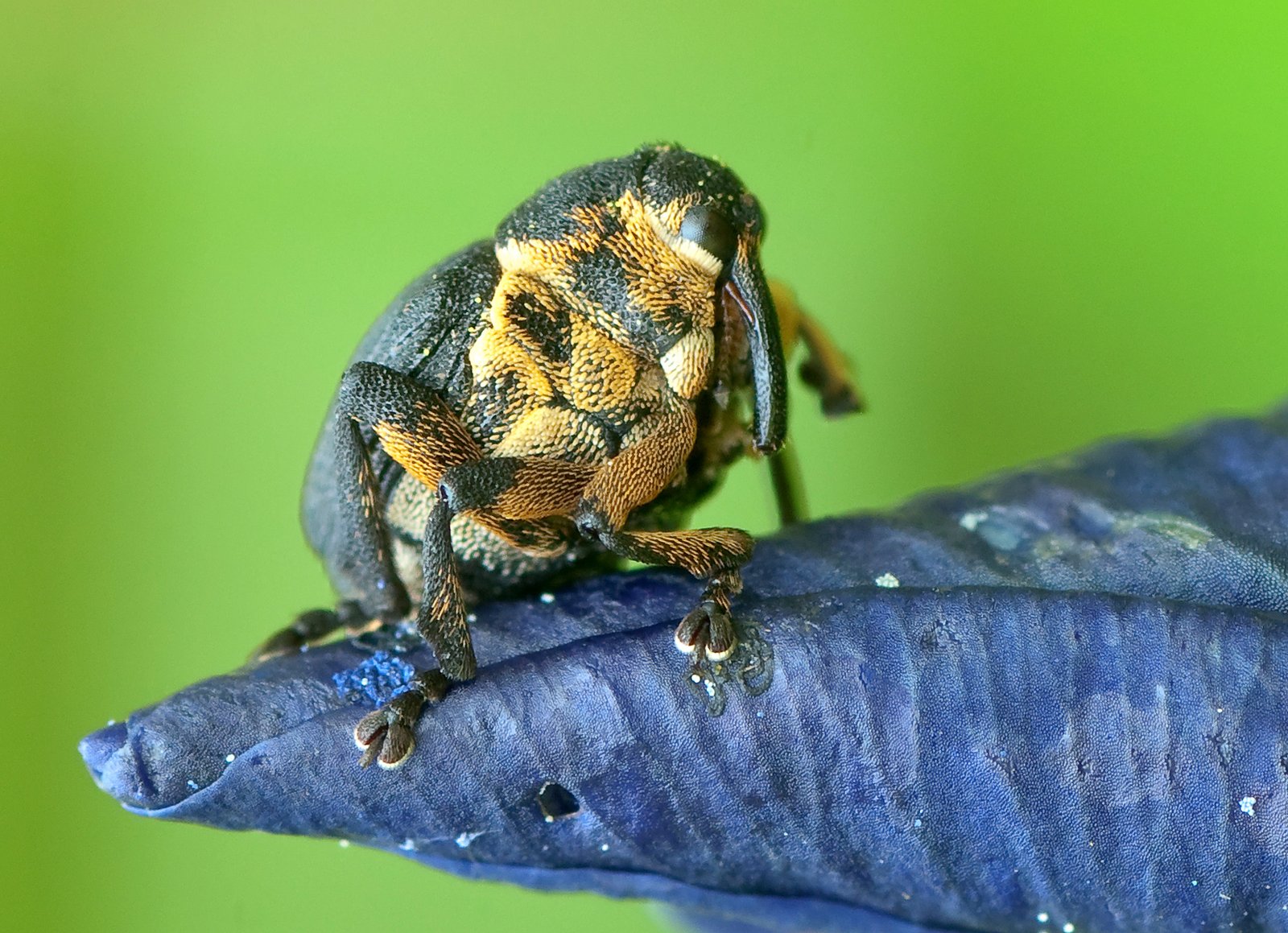
Plant diseases and pests already cut deeply into global harvests, and climate pressure threatens to widen that bite. Lost crops mean higher prices, strained household budgets, and a harder climb out of poverty for smallholders. The ripple effects touch school lunches, animal feed supplies, biofuels, and even the stability of regional markets. Food systems are complex, but fragility tends to start at the edges – an outbreak here, a toxin flare-up there – and then cascade.
Compared with traditional risk models that assumed steady seasons, today’s reality is more volatile and less forgiving. Resilience now depends on anticipating biological surprises, not just weather anomalies.
Global Perspectives
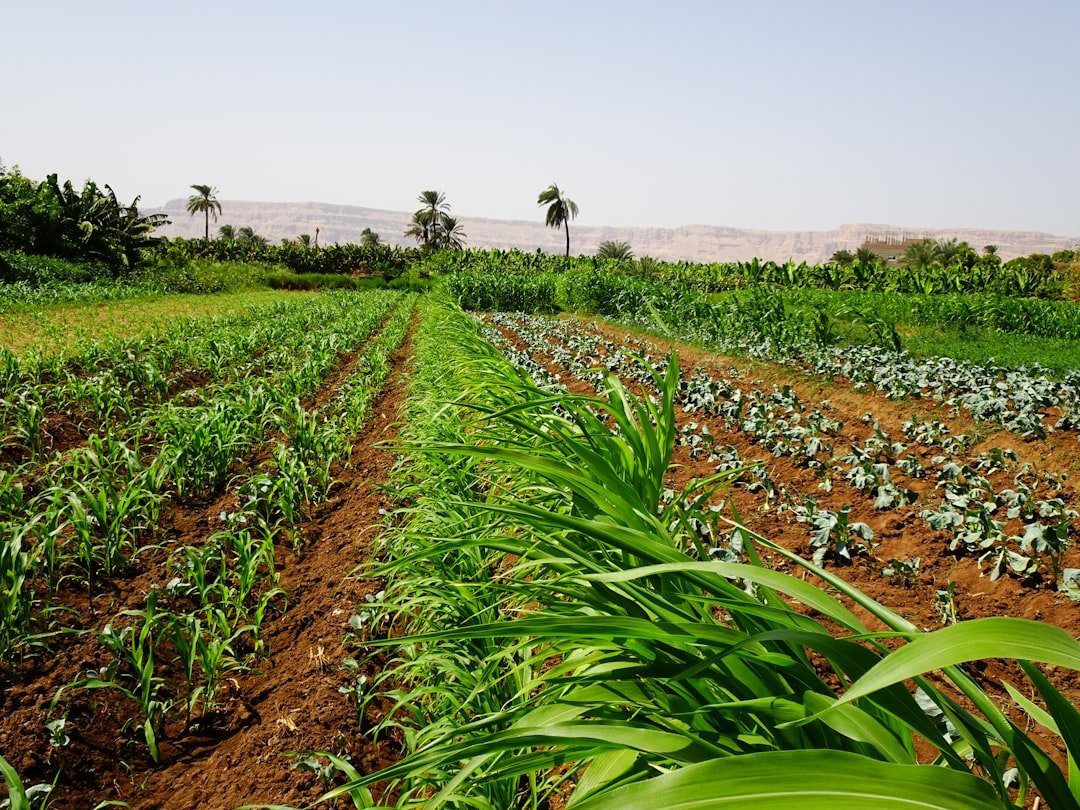
No region is spared, but the challenges differ by place. In the tropics, longer rainy seasons and warmer nights feed fungal cycles; in temperate zones, milder winters enable overwintering pests and earlier disease pressure. Smallholder communities face the sharpest risks where extension services are thin and diagnostics are scarce. Meanwhile, export-focused regions navigate new quarantine rules and shifting biosecurity lines as outbreaks pop up in unexpected latitudes.
Think of it as a patchwork quilt being tugged from many corners. Every tug loosens another stitch, and the whole fabric – trade, nutrition, livelihoods – feels the strain.
Water, Heat, and the Microbial Turn
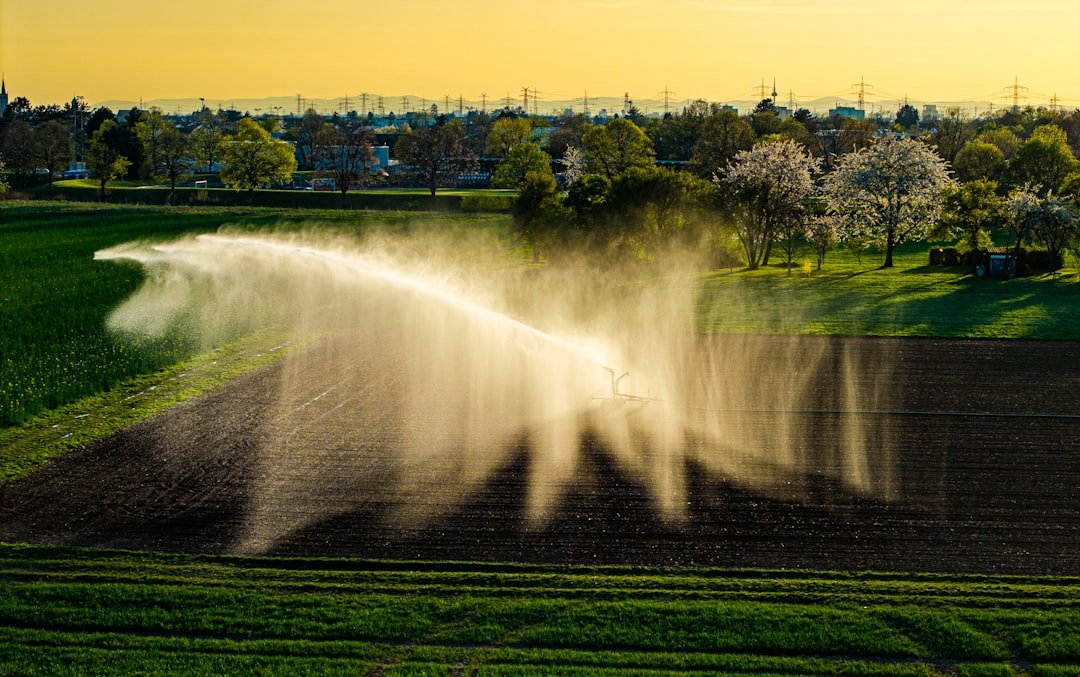
Water once felt like the simple part of farming: too much or too little. Now it’s about timing, leaf wetness duration, soil temperature, and the microclimates created by canopy density. Prolonged dew and warm nights can add hidden hours for spores to germinate, while heat-stressed plants become easier targets. Irrigation timing, once set-and-forget, is turning into a disease management tool as much as a yield tool.
In short, climate nudges microbial life into new rhythms, and plants have to dance along. When the tempo speeds up, mistakes become costly.
Rethinking Resilience on the Farm
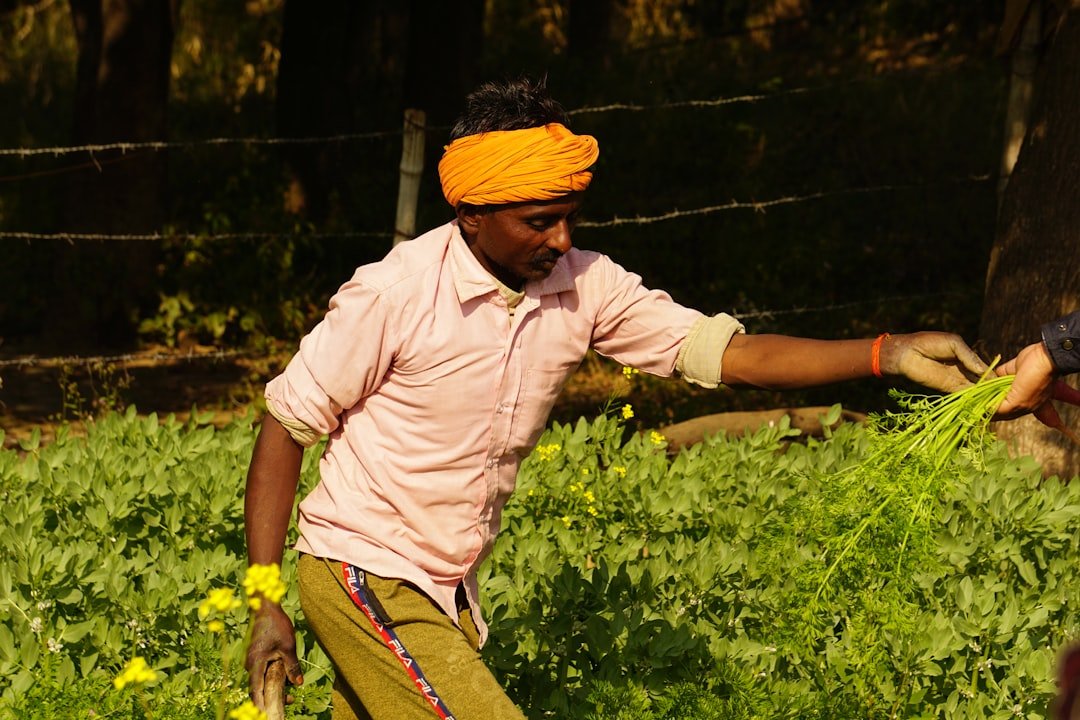
I still remember a late-summer field in Kansas where a farmer knelt, pressed a leaf between his fingers, and said it felt “tired.” He wasn’t wrong; heat and humidity had stacked the odds in favor of leaf spot. The fix wasn’t a single product but a re-think: resistant varieties, adjusted planting dates, and targeted sprays informed by real-time risk. Diversified rotations helped, as did simple hygiene like cleaning equipment to avoid carrying spores down the road.
Resilience looks like layers now, not silver bullets. The farms that stack layers – genetics, monitoring, and timing – tend to ride the waves rather than drown in them.
The Hidden Economy of Early Warning
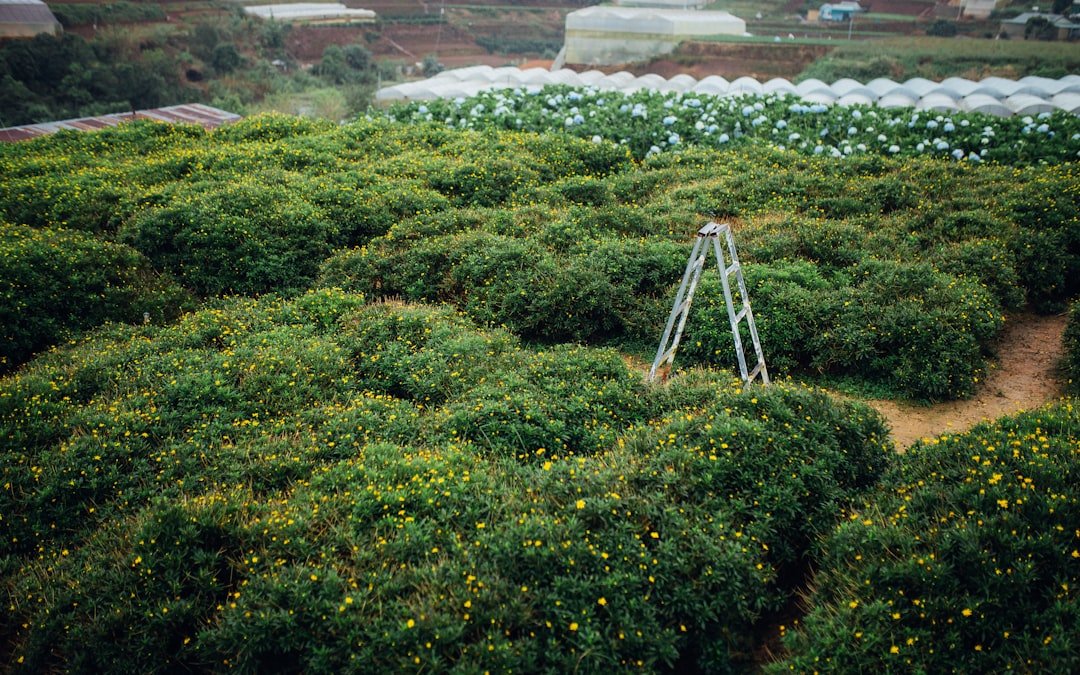
Early warning saves money by narrowing the window between risk and response. When forecasts, traps, and field scouting line up, farmers can act with surgical precision instead of blanket treatments. That shrinks costs, slows resistance, and protects beneficial insects that keep systems in balance. It also buys time for decisions about harvest, storage, and testing when toxin risk rises.
Behind the scenes, regional networks that share signals make the whole system smarter. A single alert can spare thousands of acres if it lands quickly in the right hands.
The Future Landscape

Next-generation tools are coming fast: affordable on-farm sequencers, AI that fuses weather and canopy imagery, and biocontrols that nudge microbial communities toward health. Heat- and drought-tolerant varieties are arriving alongside resistance stacks built to slow pathogen evolution. Expect smarter storage that stabilizes moisture and temperature to head off toxin spikes, and marketplaces that reward verified low-risk grain. The hardest part may be equity – ensuring smallholders can access tools, training, and credit.
There’s a global implication here: as climate zones shift, so do biosecurity borders. Preparedness will increasingly mean sharing data, not just guarding it.
Conclusion

The epidemic in the fields isn’t loud, but it is relentless, and it thrives on delay. Warming has changed the rules of biology, and the plants we depend on are playing catch-up. Yet this is not a story of helplessness – early warning, smarter genetics, and cooperative networks are already tilting the odds. The future will belong to the growers and regions that treat information as a crop in its own right.
The question is simple and urgent: will we learn to read the quiet signs in time?

Suhail Ahmed is a passionate digital professional and nature enthusiast with over 8 years of experience in content strategy, SEO, web development, and digital operations. Alongside his freelance journey, Suhail actively contributes to nature and wildlife platforms like Discover Wildlife, where he channels his curiosity for the planet into engaging, educational storytelling.
With a strong background in managing digital ecosystems — from ecommerce stores and WordPress websites to social media and automation — Suhail merges technical precision with creative insight. His content reflects a rare balance: SEO-friendly yet deeply human, data-informed yet emotionally resonant.
Driven by a love for discovery and storytelling, Suhail believes in using digital platforms to amplify causes that matter — especially those protecting Earth’s biodiversity and inspiring sustainable living. Whether he’s managing online projects or crafting wildlife content, his goal remains the same: to inform, inspire, and leave a positive digital footprint.




